Time stops for nobody, and with time comes aging. As we age, preserving muscle mass is essential for maintaining strength, mobility, injury prevention, and overall health. Muscle loss — also known as sarcopenia — can lead to decreased physical function, increased risk of falls, and a decline in metabolic health. This is why we constantly focus on muscle protection, which not only supports an active lifestyle, but also contributes to longevity and vitality in our later years.
MyoStim by Designs for Health: Complete Muscle Support for Health Aging
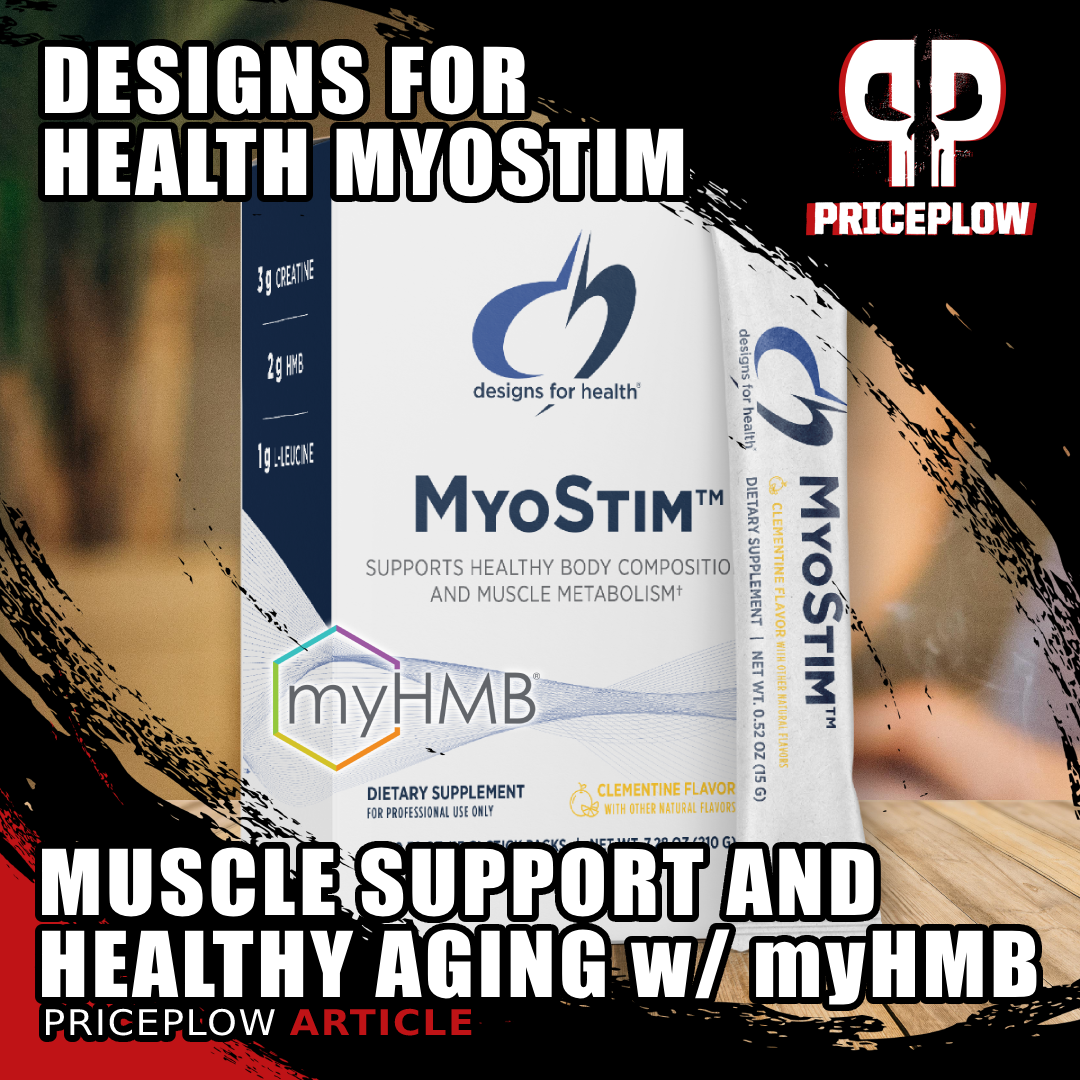
Designs for Health's MyoStim combines TSI Group's myHMB® with creatine and collagen peptides to support muscle health, recovery, and strength as you age. With a science-backed formula, MyoStim is ideal for athletes and anyone looking to maintain muscle and vitality over time.
When it comes to optimizing muscle metabolism and body composition, TSI Group's myHMB® stands out as a scientifically-backed powerhouse. Included in Designs for Health's MyoStim™, this patented form of Calcium β-Hydroxy-β-MethylButyrate (HMB) is designed to help individuals protect their muscles from degradation, enhance recovery, and promote lean muscle growth, all while supporting healthy aging.
In addition to myHMB®, MyoStim™ contains other key ingredients such as creatine monohydrate and collagen peptides, which work synergistically to support muscle health, bone health, and recovery. Whether you're an athlete looking to boost performance or someone seeking to maintain muscle mass in later years, MyoStim has a sound blend of ingredients to keep you strong, healthy, and active.
This article focuses on the science of the ingredients inside. But first, for those interested in the science behind muscle protection and recovery, make sure to read our main HMB article and sign up for PricePlow's TSI Group News and check the prices below:
Designs For Health MyoStim – Deals and Price Drop Alerts
Get Price Alerts
No spam, no scams.
Disclosure: PricePlow relies on pricing from stores with which we have a business relationship. We work hard to keep pricing current, but you may find a better offer.
Posts are sponsored in part by the retailers and/or brands listed on this page.
This area is reserved for Team PricePlow's upcoming videos.
Subscribe to our channel and sign up for notifications so you catch it when it goes live!
MyoStim Ingredients
In a 1 stick pack (15 gram) serving of MyoStim from Designs For Health, you get the following:
-
Collagen Peptides – 5,000 mg
We all know that it's extremely important to eat enough dietary protein, but how much do you think about the type of protein you're consuming? The human body is made up of no fewer than 20 amino acids, but how do you know you're getting the specific amino acids you need?
That's where supplemental collagen can play a role. The most important sources of protein in the American diet tend to emphasize dairy and muscle meat, providing a complement of amino acids that may not be as complete as we'd like. Taking collagen helps balance them.
For example, one preclinical study found that supplemental collagen significantly improved skin health. Close analysis revealed that, unsurprisingly, the collagen-supplemented animals had an increased collagen skin content, which is key for fighting skin aging.[1]
Bone health is key to healthy aging, especially if you want to stay active in your later years, and collagen has been shown to improve bone mineralization by facilitating the growth of osteoblasts, the cells responsible for actually growing your bones.[2] A study in aging mice found that supplemental collagen can actually prevent age-related bone loss.[3]
In one randomized, double-blind, placebo-controlled study in women over the age of 35, taking supplemental collagen for 3 months significantly improved the women's skin quality. Compared to the placebo group, the women who took collagen had smoother, better-hydrated, and more elastic skin.[4]
Not merely cosmetic – the glycine vs. methionine interplay for internal health
While collagen is great for your skin, we think it's slightly unfortunate that the industry discussion of collagen tends to fixate on its cosmetic potential, because collagen can have a profoundly beneficial effect on metabolic health as well.
In order to grasp how this works, we need to talk about the interplay between glycine and methionine, two of the 20 amino acids that constitute the tissues of the human body.
Believe it or not, the ratio of glycine to methionine that's present in your body can have a dramatic impact on your hormonal and cardiovascular health. If methionine rises too high, and glycine falls too low, the result is an increase in cortisol, a stress hormone that can cause muscle catabolism (breakdown).[5,6]
Never fear, though – collagen is an excellent source of glycine, and research shows that increasing glycine consumption through collagen supplementation can help dampen the body's stress response.[6]
Glycine is also supportive of cardiovascular health because of the role it plays in helping your body detoxify homocysteine, an amino acid that's been linked to poor cardiovascular outcomes.[7,8]
We believe that too few people -- of all ages -- are getting too little of the amino acids like glycine, proline, and hydroxyproline that are found in collagen. Not many people are eating lots of soft tissue, skin, or meat off the bone, after all. For that reason, adding collagen to MyoStim is an excellent way to start, supplementing some true building blocks to combat aging. And more of such building blocks are on the way:
-
Creatine monohydrate – 3,000 mg
Despite creatine's immense popularity today, it wasn't always as widely accepted. However, we now know that for the vast majority of healthy adolescents and adults, the evidence consistently shows creatine to be safe and effective.[9-11]
While most fitness enthusiasts have likely tried creatine to enhance performance, few fully appreciate the breadth of its health benefits. Creatine supplementation not only boosts exercise capacity and muscle growth but also extends into other areas of human health.
Scientific research supports creatine's ability to:
- Enhance muscular power[12,13]
- Promote weight gain[13]
- Foster lean muscle mass accumulation[13-17]
- Improve sprint performance[18-20]
- Support cellular hydration[21]
- Elevate energy levels[22-25]
- Boost overall well-being[25-27]
- Promote cognitive function[28,29]
- Support testosterone production[30-34]
- Strengthen bone density[16]
These benefits are especially relevant for those who consume little to no meat, like vegans and vegetarians, as meat is the richest dietary source of creatine.
While the list of benefits is impressive, it still doesn't fully convey the scope of creatine's effects. Creatine is often referred to as a "foundational" supplement because it enhances a critical metabolic process – namely, adenosine triphosphate (ATP) production.
ATP is the primary energy source used by cells for virtually every metabolic function. Without ATP, cells would not have the energy to perform even basic tasks. Creatine supports this energy production (through its storage as both creatine and phosphocreatine) by donating phosphate groups that help convert adenosine diphosphate (ADP) into ATP.[35-38]
Though creatine is widely recognized for its physical performance benefits, it also offers significant cognitive benefits. Neurons, like all cells, rely on ATP, and research has shown that creatine supplementation can enhance cognitive functions such as memory and reasoning.[39] Additional studies suggest that creatine may be neuroprotective, potentially helping to mitigate brain damage following injury.[40]
You might wonder why supplementation is necessary if the body can produce creatine. The answer lies in the fact that creatine synthesis requires significant metabolic resources. Studies suggest that the body's endogenous production may not always be sufficient, especially under conditions of high metabolic demand.[41]
Moreover, relying solely on internal production can deplete important precursors, which can ultimately compromise other metabolic processes. For example, research on exercise-induced increases in homocysteine – recall from the collagen section that this is a marker of cardiovascular stress – shows that creatine supplementation can help keep homocysteine levels in check.[42]
When choosing a creatine supplement, creatine monohydrate is the gold standard. It's the most studied form, consistently shown to be both safe and effective.[10,43]
On average, men lose about 1.6% to 1.7% of their total creatine stores daily,[44,45] while women typically lose a bit less.[46] In order to replace this loss, that translates to a daily creatine requirement of around 2 grams.[46] However, individual needs vary based on body size and activity level. Athletes and highly active individuals may require more, with some needing up to 3 grams per day to replace creatine lost during strenuous exercise.[47]
What we have here in MyoStim is perfect for our purposes. Next, it's time for creatine's longtime partner in muscle-building supplements, myHMB:
-
Calcium β-Hydroxy-β-MethylButyrate Monohydrate (myHMB) – 2,000 mg
About 5% of leucine breaks down into HMB. Below, we'll discuss HMB vs. Leucine -- and how 5% from most diets simply isn't optimal, so we can supplement more!
The main value proposition of supplementing with HMB (β-hydroxy β-methylbutyrate), sold as myHMB by TSI Group, lies in its anti-catabolic properties, which help prevent muscle degradation even under circumstances that would normally lead to severe tissue loss. This characteristic makes HMB particularly valuable for combating muscle loss, especially in aging individuals or when inflammation is rampant, which can lead to impaired muscle function and viability.[48,49]
Before getting into those benefits, though, let's explain why it's here next to collagen.
Why use myHMB alongside collagen?
While HMB is well-known for preserving muscle and boosting performance, pairing it with collagen takes musculoskeletal support to the next level. Collagen is the building block of connective tissues like tendons, ligaments, and cartilage, which are essential for your movement and strength. Supplementing with collagen helps strengthen and maintain these tissues, so you can stay on top of your game during exercise.
Just as HMB increases muscle size with resistance training, collagen supplementation can improve tendon growth.[50] By supporting both muscle and tendon, you're creating a synergy between HMB and collagen that helps your performance progress in harmony. Strong, resilient connective tissues are crucial for transmitting muscle force into movement—without healthy tendons and ligaments, you're not maximizing your potential.
Collagen doesn't just enhance performance; it also protects against tendon and joint damage caused by intense or repetitive activity. Studies show collagen hydrolysate helps prevent cartilage loss in women's knees over time,[51] and collagen peptides significantly reduce joint discomfort from activity.[52] Add that to HMB's ability to reduce muscle damage and improve recovery after exercise[53,54] (which collagen has also been shown to support[55]), and you've got a powerful combo that holistically supports your muscles and connective tissue—helping you recover faster and keep pushing harder.
Mechanisms learned from animal models: muscular protection
HMB is a metabolite of leucine, the essential branched-chain amino acid (BCAA) that's implicated in muscle growth and mTOR signaling. While one can take a monstrously high-protein diet with large quantities of leucine inside, HMB has been shown to perform better, and with smaller, more realistic doses.
In a 2014 animal study, scientists sought to determine whether HMB or leucine could mitigate the muscle damage caused by the inflammatory environment typical of chronic diseases.[48] They conducted experiments using both in vitro (murine myotube) models and in vivo (mouse) models of cachexia, a condition characterized by extreme muscle wasting. Their findings were striking: a 0.25-gram/kg body weight dose of HMB was 60% more effective than a 1-gram/kg dose of leucine at preventing weight loss in the seriously ill mice.[48] In other words, four times the amount of leucine was less effective than a lower dose of HMB.
Resistance-trained subjects who took HMB before a high-volume weightlifting session had significantly lower blood levels of creatine kinase (CK), a marker of muscle damage, following the session. The bars with larger checkering represent the placebo group; the bars with finer checkering represent the HMB group.[53]
This finding is significant because it illustrates HMB's superior ability to combat muscle wasting compared to leucine, a popular amino acid known for its muscle-sparing properties. HMB's mechanism of action involves inhibiting the breakdown of muscle proteins, which is especially important in conditions that accelerate protein catabolism.
Combating age-related muscle loss
Muscle wasting is not only a concern for athletes and individuals with chronic diseases; it is also a natural consequence of aging. Sarcopenia, the age-related loss of muscle mass, is driven by many of the same inflammatory processes seen in cachexia, including the action of TNF-α and other cytokines.[56,57] A study conducted on aging mice demonstrated that blocking TNF-α activity could prevent sarcopenia, suggesting that interventions targeting these pathways, like HMB supplementation, could help maintain muscle mass in aging populations.[57]
Human studies have supported this hypothesis. For example, in one randomized, double-blind, placebo-controlled study, older adults were assigned to receive 3 grams of calcium HMB per day during a 10-day period of bed rest.[58] The results showed that those taking HMB experienced significantly less muscle loss compared to the placebo group, indicating that HMB may help preserve muscle mass during periods of inactivity or illness.[58]
HMB and vitamin D: a synergistic approach for the elderly
Since MyoStim also has Vitamin D, it's important to start with the anti-aging data where the two ingredients were combined. HMB has shown potential for improving muscle function in elderly individuals who do not exercise regularly:
A 2020 study explored the combined effects of HMB and vitamin D in elderly patients with low vitamin D levels.[59] Participants were divided into four groups:
- Placebo with no exercise
- HMB + vitamin D with no exercise
- Placebo with exercise
- HMB + vitamin D with exercise
Over the course of 12 months, the group receiving HMB and vitamin D, even without exercise, gained as much muscle function as the exercising groups.[59]\
This finding is particularly important because it suggests that HMB, especially when combined with vitamin D, may offer a solution for elderly individuals who are unable or unwilling to engage in regular physical activity. Given that low serum vitamin D levels are a risk factor for muscle loss,[60] the combination of these two supplements could be a viable solution for older adults unable to engage in regular physical activity.
Resistance-trained subjects who took HMB before a high-volume weightlifting session rated their recovery significantly higher 48 hours afterwards, compared to the placebo group.[53]
We're quite confident that HMB can be employed as an anti-catabolic, anti-aging tool. But what about in younger athletes for muscle growth? The research indicates that success depends on intensity:
HMB's role in high-intensity exercise and untrained individuals
HMB has unsurprisingly drawn attention from sports nutrition scientists, due to its great potential for supporting intense training regimens. In 2013, the International Society of Sports Nutrition (ISSN) conducted a comprehensive review of the existing literature on HMB. The review identified several key methodological issues that had confounded earlier research, sorting out when it works best.[61] One of the major issues discovered was the intensity of the exercise stimulus, or lack thereof. According to the ISSN review, HMB is most effective for muscle growth when exercise intensity and volume are high enough to cause muscle damage. If these conditions are not met, HMB's benefits may not be fully realized.[61]
Studies that involved high-intensity training regimens showed a clear benefit from HMB supplementation.[61] This is especially evident in research on long-duration aerobic exercise, where HMB has been shown to reduce markers of muscle damage such as creatine kinase (CK) and lactate dehydrogenase (LDH).
Anti-catabolic effects during endurance exercise
HMB positively affects a number of important metabolic pathways that aid in muscle growth, fat loss, and recovery from exercise.[62]
One notable study involving well-trained runners highlights HMB's anti-catabolic effects during endurance exercise. The participants, who were running more than 48 kilometers per week, were randomized to receive either 3 grams of HMB-FA (free-acid HMB) or a placebo for six weeks.[63] At the end of the training period, both groups completed a 20-kilometer run. The researchers measured CK and LDH levels, markers of muscle damage, in the participants' blood. Those who had taken HMB exhibited significantly lower CK and LDH concentrations than the placebo group.[63]
For these athletes, a 20-kilometer run represented nearly 41% of their total weekly training volume, making it an extremely strenuous effort. The fact that HMB reduced muscle damage in this context suggests it could be a valuable supplement for athletes engaged in extreme endurance activities like marathon running, triathlons, road cycling, or open water swimming.
HMB in soccer players: faster recovery from intense training
Shawn Baier joins PricePlow Podcast Episode #093 to talk HMB.
In another study focusing on high-intensity interval training (HIIT), 24 professional soccer players, aged 17 to 34, were randomized to receive either HMB or a placebo.[64] The study was designed to simulate the bursts of high-intensity activity and lower-intensity phases typical of a soccer match, a kind of training that is known to elevate CK and LDH levels due to its intense physical demands.[65] However, the players who supplemented with HMB experienced significantly lower rises in CK and LDH compared to the placebo group.[64]
This study is significant because professional athletes, who are already highly trained, often respond less dramatically to supplements than novices. The fact that HMB showed such a clear benefit in such a well-trained population speaks volumes its potential for supporting muscle recovery in competitive sports.
Protection during high-volume strength workouts
The benefits of HMB are not limited to endurance athletes. In a study of resistance-trained men, participants were given either 3 grams of HMB per day or a placebo before performing a high-volume weightlifting session.[53] The workout included a variety of compound exercises, such as squats, bench presses, deadlifts, and pull-ups, which collectively target all the body's major muscle groups. Each exercise consisted of three sets of 12 repetitions, resulting in a highly demanding workout.[53]
Compared to the non-exercising placebo group, the non-exercising HMB + vitamin D group gained significant leg flexion torque. Although HMB+vitamin D with no exercise did not significantly increase leg extension torque through month 12 of the study, the non-exercise control group actually lost leg extension torque, while HMB + vitamin D preserved it.[59]
Following the session, blood tests revealed that the men who had taken HMB had significantly lower levels of CK, indicating reduced muscle damage. Moreover, the HMB group reported feeling better recovered compared to the placebo group, with a roughly 20% higher perceived recovery status.[53] These findings suggest that HMB can be a valuable supplement for resistance training, particularly during high-volume workouts that place significant stress on the muscles.
You can read more about HMB in our main article, "HMB (β-hydroxy β-methylbutyrate): Performance-Driven Muscle Supplement". We also have an incredible discussion with Shawn Baier on Episode #093 of the PricePlow Podcast.
All in all, when we see "muscle preservation" and "anti-aging" supplements, we immediately go to the combination of myHMB and creatine monohydrate. But there's still more we can do:
-
L-Leucine – 1,000 mg
Leucine is one one of the three branched chain amino acids (BCAAs), which are prized for their anabolic properties. And of the three, leucine is the most anabolic by far.
Studies have shown that leucine supplementation can significantly increase muscle protein synthesis[66,67] by stimulating the mammalian target of rapamycin (mTOR).[68-70] This mechanism helps prevent the breaking down of muscle tissue, thus helping preserve muscle mass as you age.
The older you get, the more leucine your body needs[71] – if you're 30 or older, it might be smart to think about leucine supplementation as a strategy for supporting your muscles.
This isn't a massive dose, but we will never turn down leucine - we'll take it any time, any place. Alongside HMB, leucine's downstream metabolite, we have quite a few solid building blocks here. But there's yet another important building block to add:
-
Trans-Geranylgeraniol (GG-Gold) [from annatto (Bixa orellana)(seed)] – 150 mg
Geranylgeraniol (GG, sold as GG-Gold from American River Nutrition) is an isoprenoid compound involved in the mevalonate pathway, essential for protein prenylation and cellular function. It plays a crucial role in muscle health by preserving muscle cells from damage, particularly in conditions like statin-induced myopathy, where it helps restore cellular energy and autophagy.
In one particularly notable study, researchers found that statins significantly decreased muscular strength in rats. However, when the rats were treated with GG, their muscle strength partially recovered, with an observable increase in the muscles' ability to generate force.[72]
Promotes CoQ10 Production
GG supplementation helps restore levels of geranylgeranyl pyrophosphate (GGPP), a crucial intermediate that influences coenzyme Q10 (CoQ10) production. CoQ10 plays an essential role in maintaining muscle strength and mass, and CoQ10 deficiency has been strongly associated with sarcopenia, or age-related muscle loss.[73] A significant study revealed that an individual's CoQ10-to-cholesterol ratio closely correlates with hand grip strength, a key indicator of muscle function.[74]
Since GG is involved upstream of cholesterol production in the mevalonate pathway, its supplementation could potentially increase the CoQ10-to-cholesterol ratio, enhancing CoQ10 synthesis without disrupting cholesterol levels. This highlights GG's unique potential to improve muscle health without interfering with the statin-induced cholesterol-lowering effects.
But GGPP's benefits go beyond CoQ10 production. A study conducted on rat skeletal muscle fibers showed that out of several mevalonate pathway metabolites, only GGPP prevented statin-induced muscle cell energy depletion, as measured by adenosine triphosphate (ATP) concentrations.[75]
This suggests that GG's ability to upregulate GGPP doesn't just indirectly boost CoQ10 levels but also directly protects muscle tissue from energy deficits.
A 2018 study further examined GG's ability to counteract muscle damage caused by statins.[76] Mouse muscle stem cells (myoblasts) were treated with statins—atorvastatin (ATR), simvastatin (SIM), and methyl-beta-cyclodextrin (MβCD)—and then co-treated with either mevalonate (MEV), farnesol (FOH), GG, or water-soluble cholesterol (Chol-PEG.[76] The study found that GG co-treatment fully reversed the reduction in muscle stem cell viability caused by statins.[76]
Geranylgeraniol (GG) significantly improved the viability of murine myoblasts under statin treatment.[76]
The researchers attributed this recovery to GG's ability to restore autophagy, a process critical for cellular renewal, where damaged cellular components are broken down and recycled.[76] GG achieves this by promoting protein prenylation, a function driven by GGPP.[77]
To validate the role of GGPP in this process, the researchers used GGTI-286, an inhibitor of the enzyme geranylgeranyltransferase (GGTase), which facilitates the transfer of GG and GGPP to proteins.[77] In the presence of GGTI-286, GG no longer influenced muscle cell viability, strongly suggesting that GGPP was the key player in this protective effect.[76]
Moreover, it appears that GG's benefits could extend beyond statin-treated muscle cells. The enzyme RAP GTPase, which regulates autophagy in skeletal muscle, is prenylated exclusively by GG.[76] More research is needed to fully confirm these effects in different contexts.
There's a lot more geranylgeraniol can do -- it's a building block, after all. A different kind of building block than leucine, but one that's used for numerous biological anabolic processes nonetheless, including the formation of testosterone. It's also used to form vitamin K2, which is discussed in the next section.
-
Vitamin D (as Cholecalciferol) – 25 mcg (10,000 IU) (125% DV)
Cholecalciferol, AKA vitamin D3, is the human body's active form of vitamin D, the form it naturally produces in response to direct sun exposure.[78]
Studies show that vitamin D can positively affect male endocrine health by downregulating aromatase, an enzyme responsible for converting testosterone into estrogen.[79] Simultaneously, vitamin D3 also upregulates the production of testosterone itself.[80,81] Bottom line – serum vitamin D significantly correlates to serum testosterone.[80]
Elderly adults who supplemented with a combination of HMB and vitamin D made significant gains on a muscle function index compared to the control group. The effect size was approximately equivalent to that achieved by a resistance training program.[59]
One double-blind, randomized, placebo-controlled study from 2011 found that 3,332 IU of vitamin D3 – way less than what we have in MyoStim – caused a whopping 25% increase in total testosterone and a 20% increase in free testosterone. The placebo group showed no change.[81]
Note that this is a very large dose of Vitamin D3, and we're happy it's paired with the vitamin K precursor in GG-Gold, since vitamin K can help prevent calcification. This was discussed in our conversation with Dr. Barry Tan on Episode #140 of the PricePlow Podcast.
Flavors Available
Conclusion: A Muscle-Centric Approach to Healthy Aging
Designs for Health did a great job with this one. MyoStim offers a comprehensive approach to muscle preservation and anti-aging, with powerful ingredients such as myHMB, collagen, creatine, and geranylgeraniol (GG-Gold) working together to support metabolic health, muscle health, strength, and recovery.
Whether you're an athlete looking to boost performance or someone seeking to maintain vitality in your later years, MyoStim provides the essential nutrients to help protect against muscle loss and enhance overall physical well-being.
Designs For Health MyoStim – Deals and Price Drop Alerts
Get Price Alerts
No spam, no scams.
Disclosure: PricePlow relies on pricing from stores with which we have a business relationship. We work hard to keep pricing current, but you may find a better offer.
Posts are sponsored in part by the retailers and/or brands listed on this page.
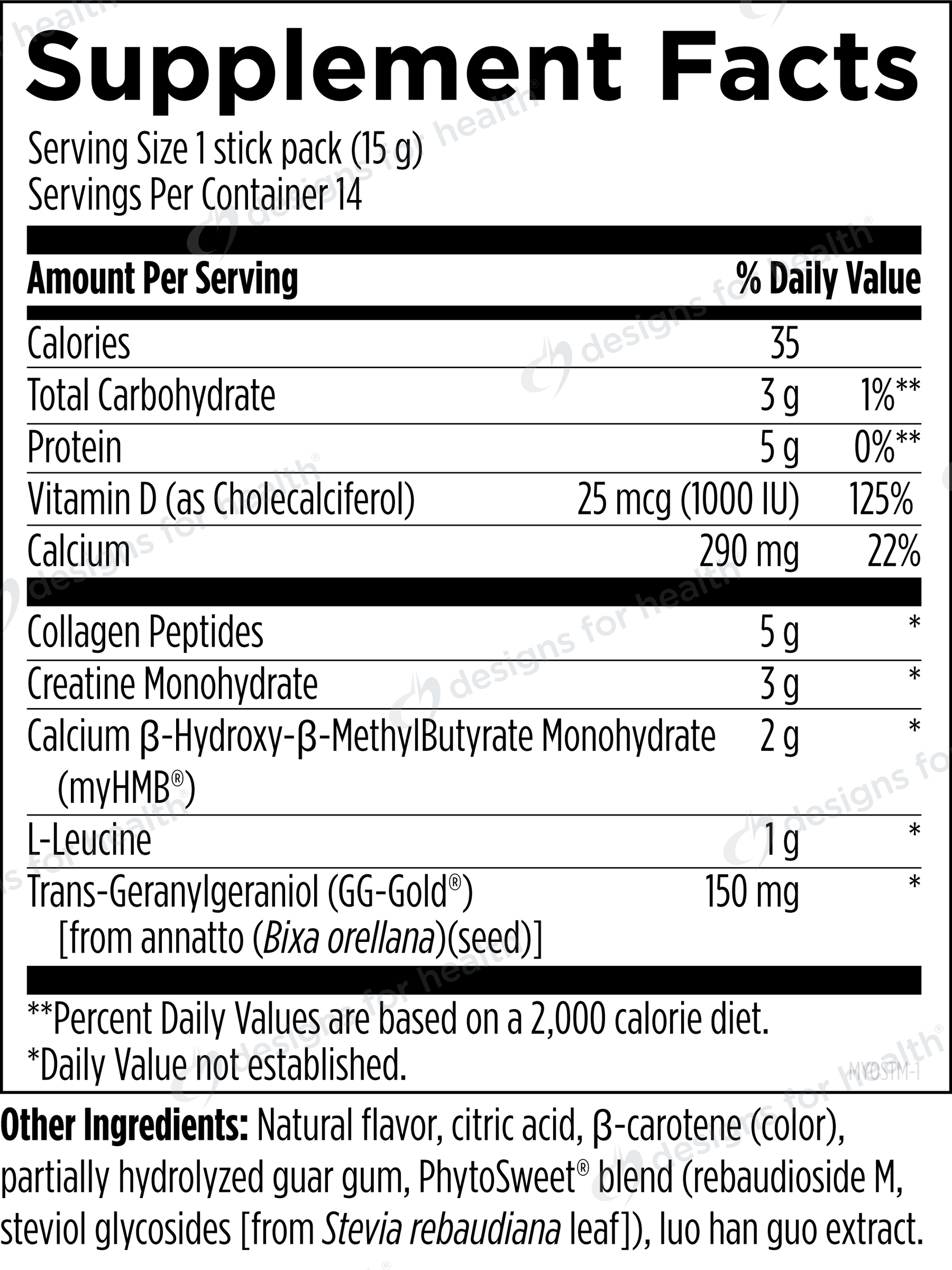
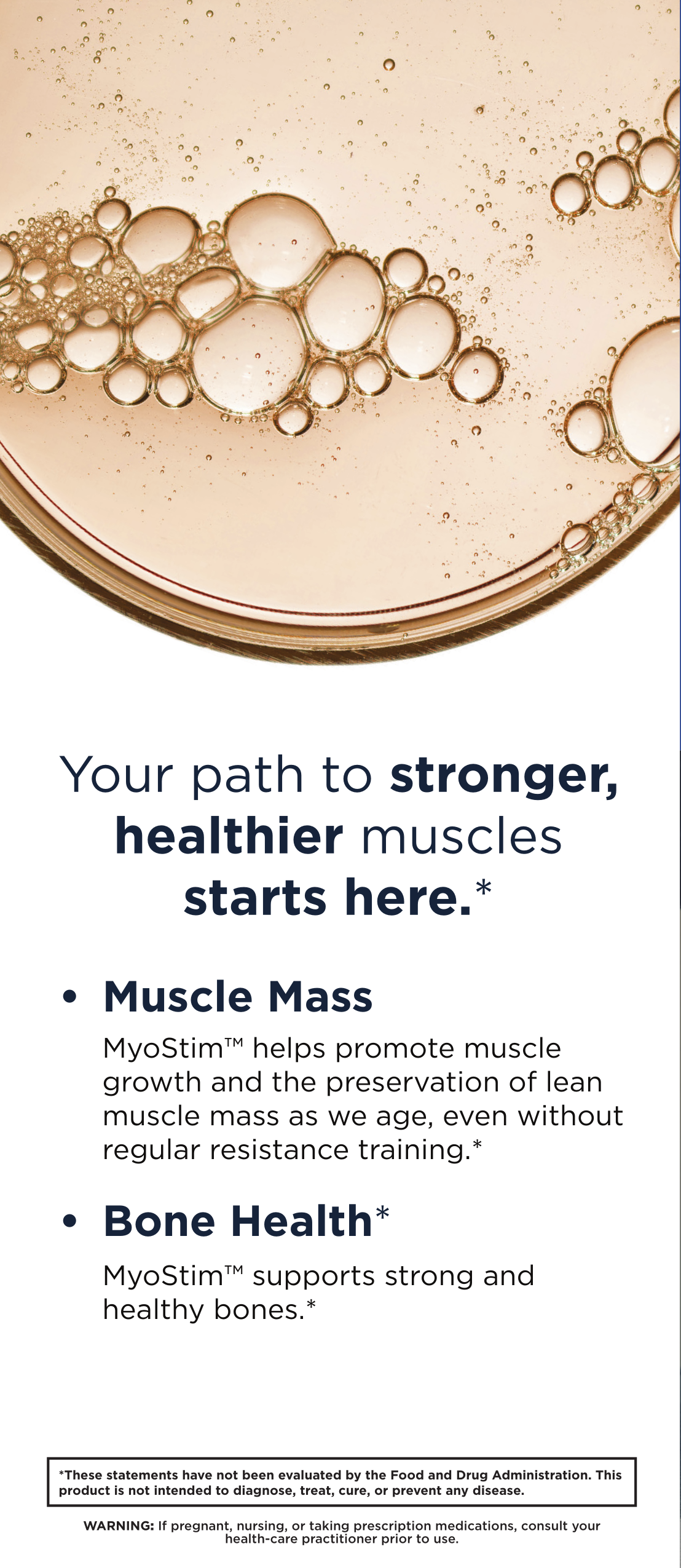
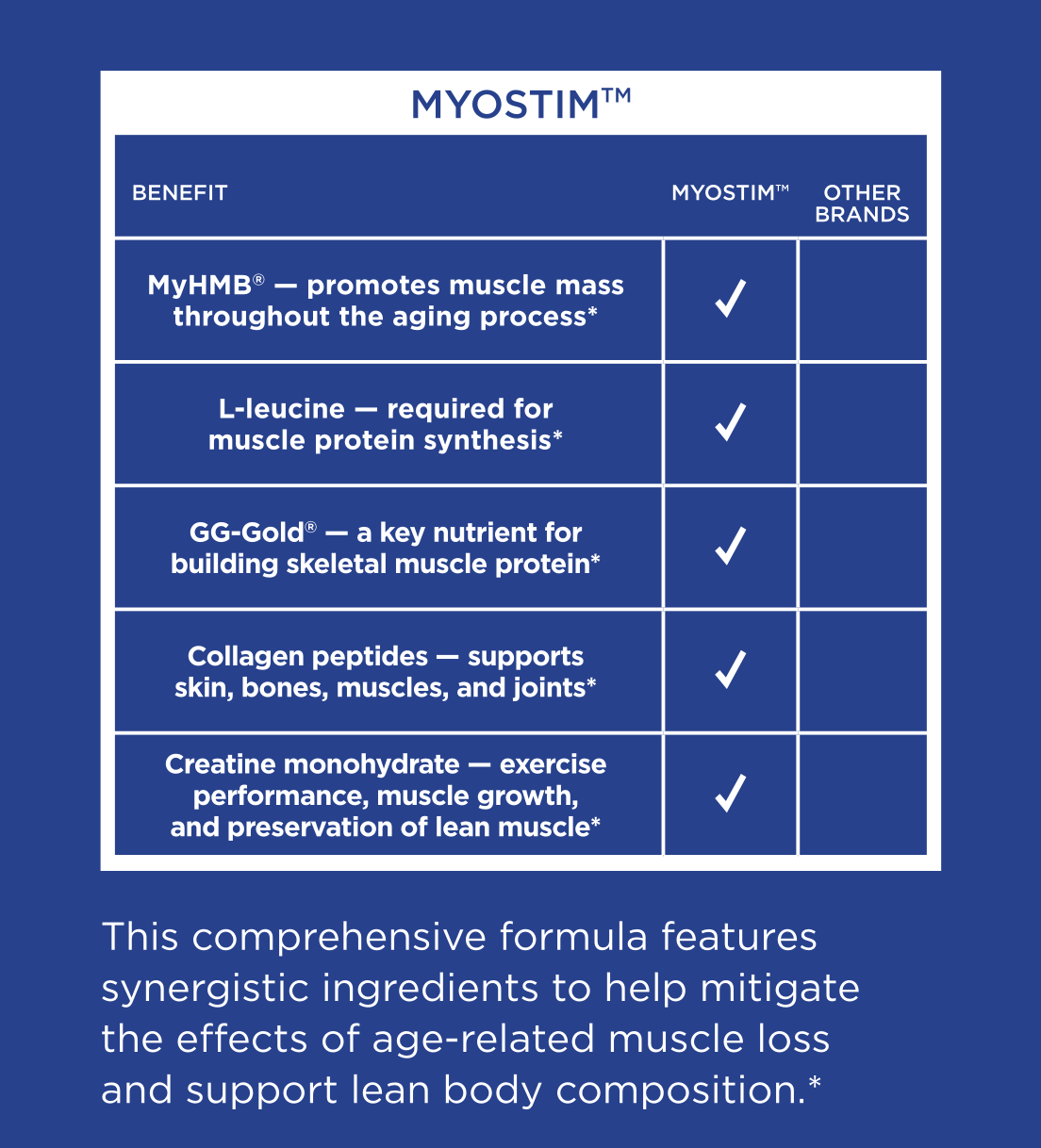

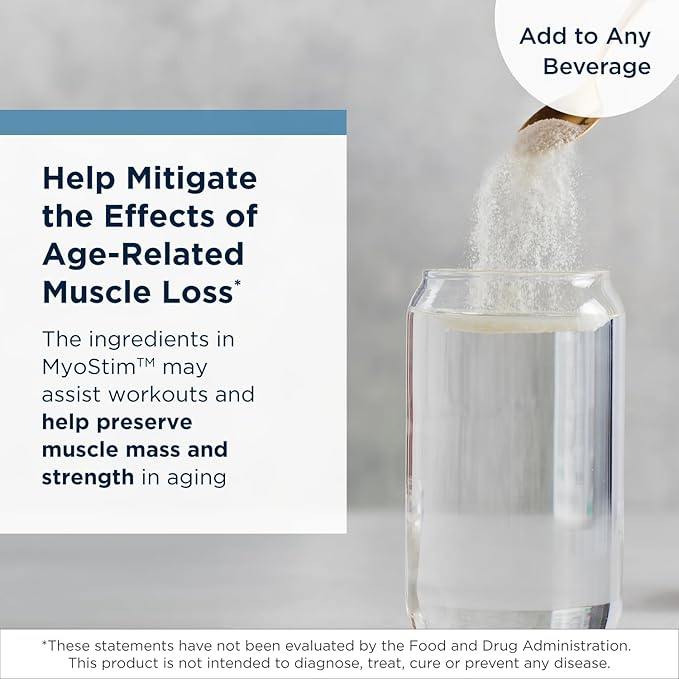
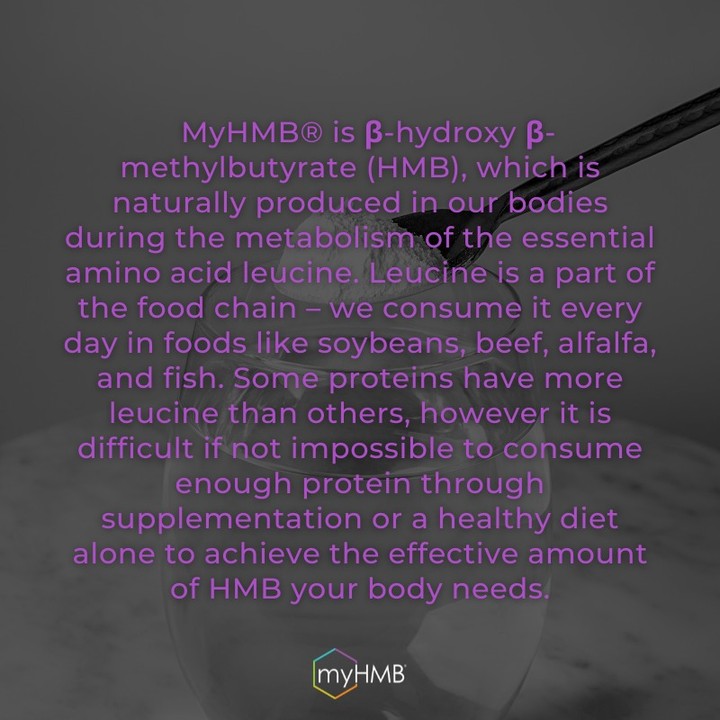
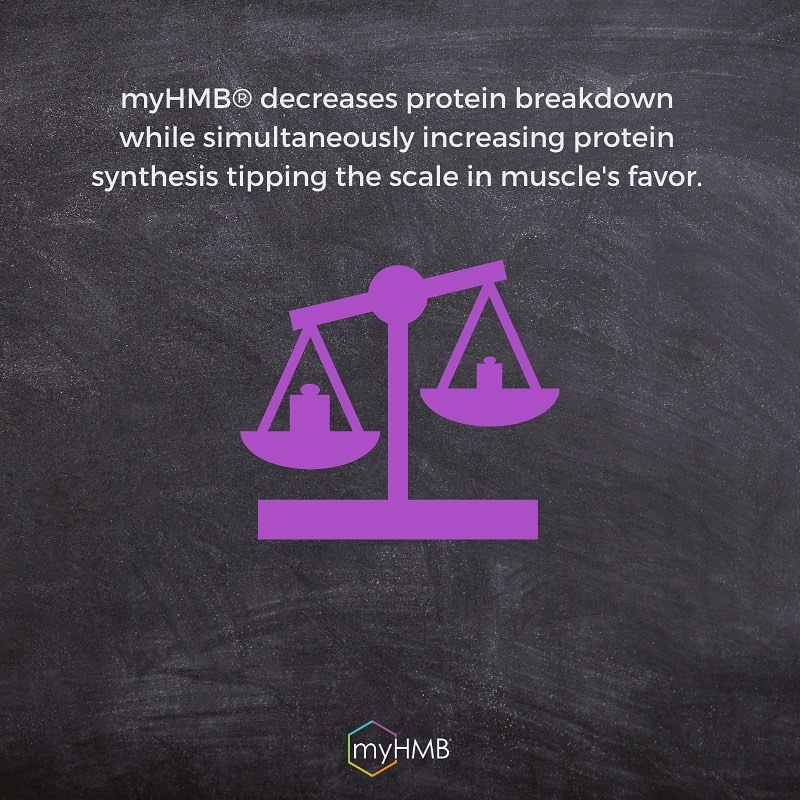
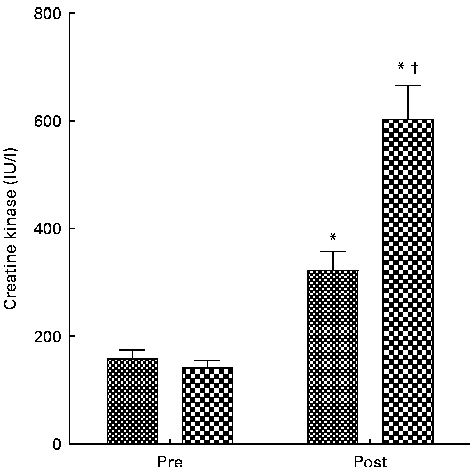
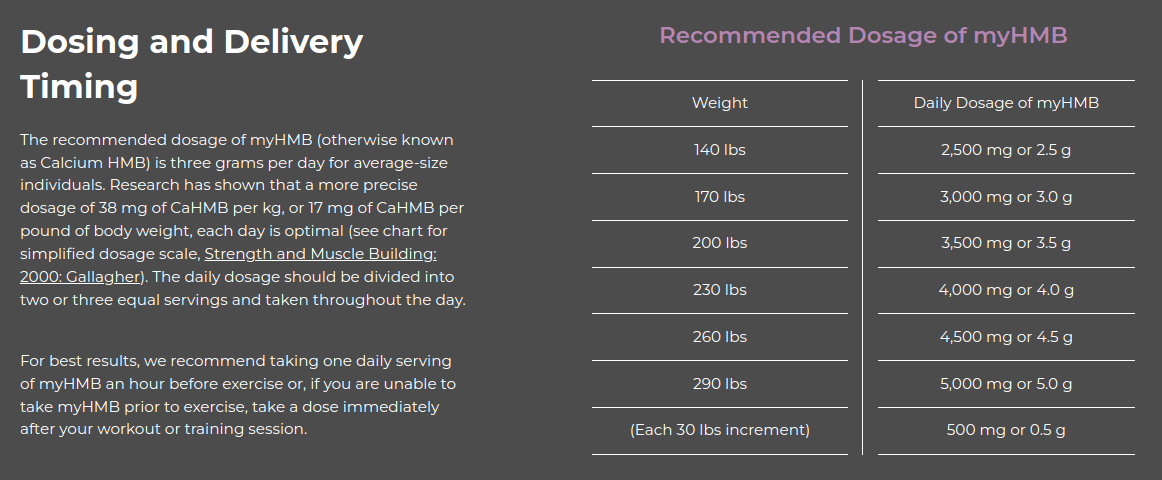
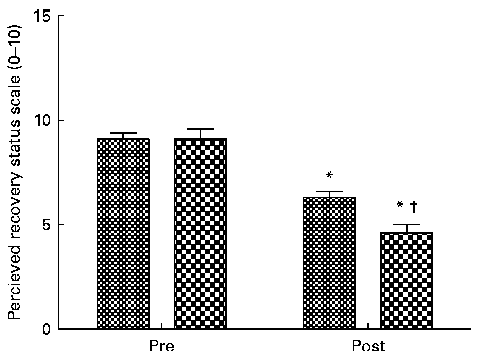
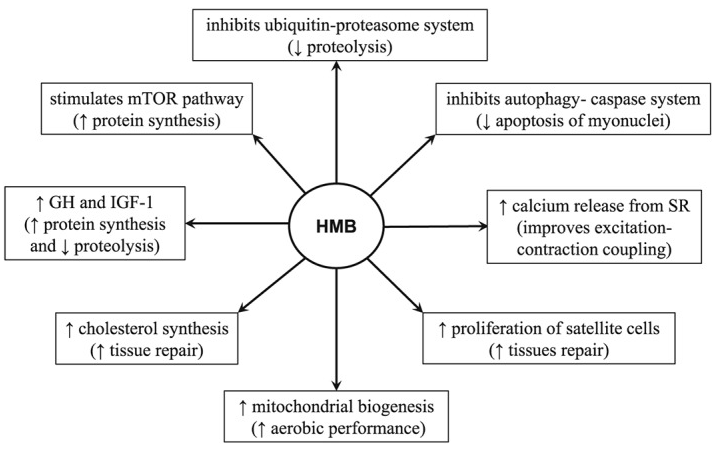
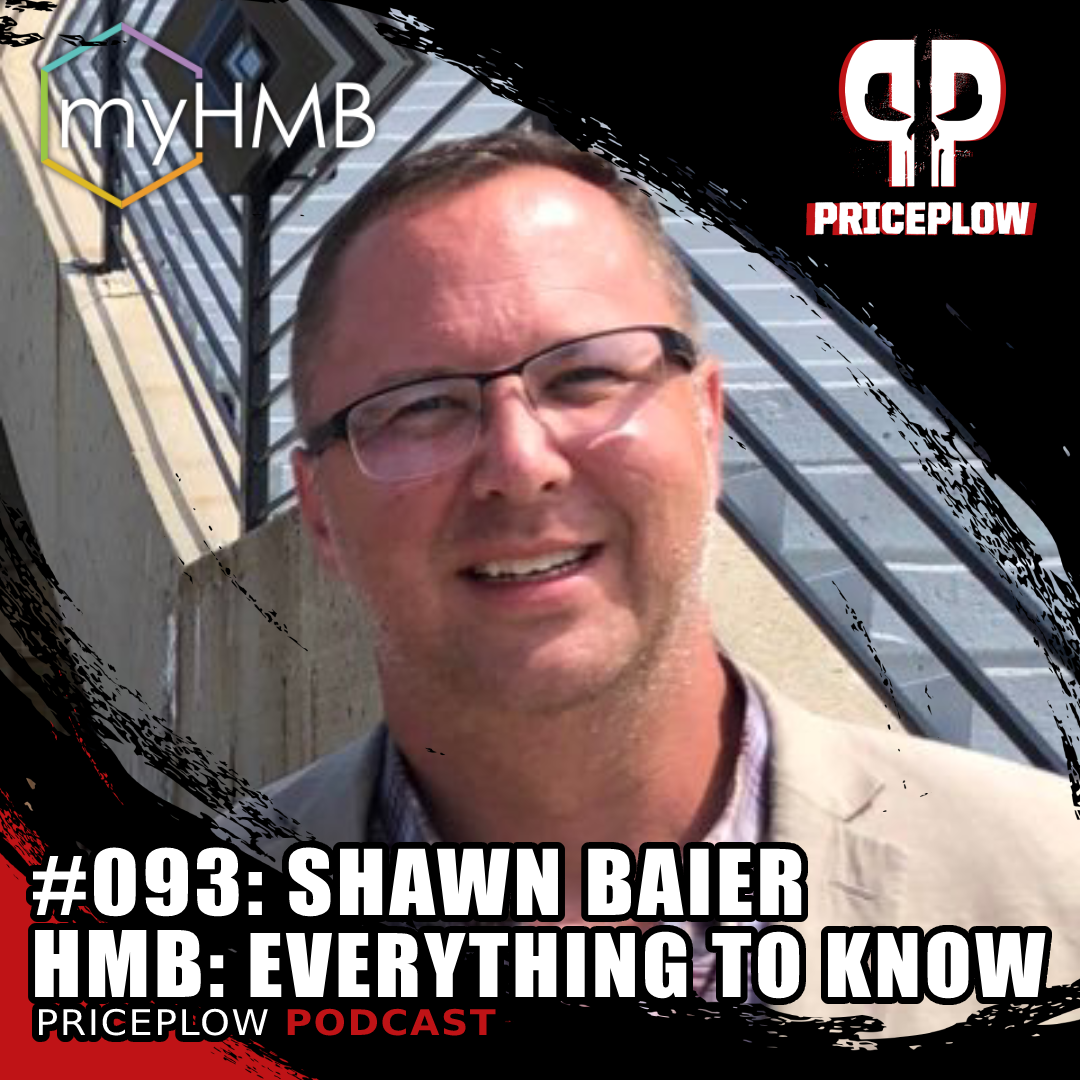
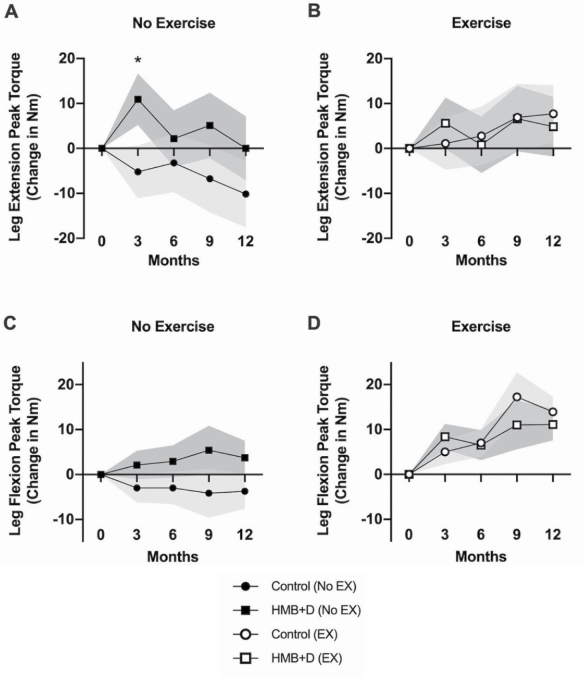
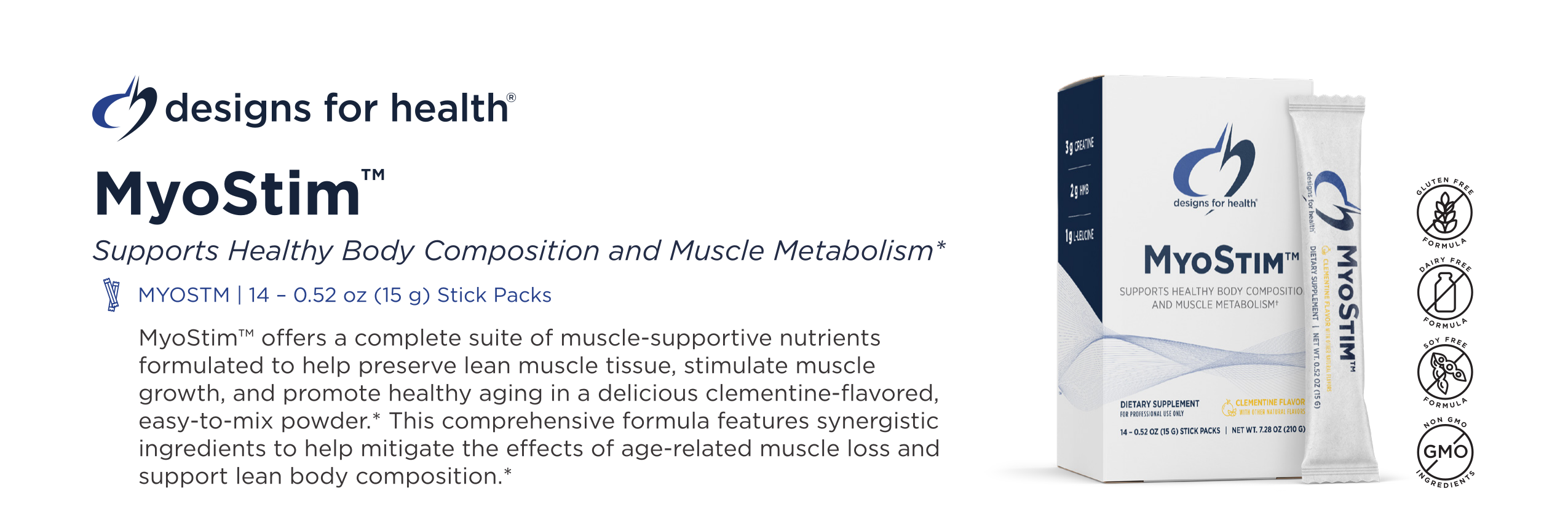
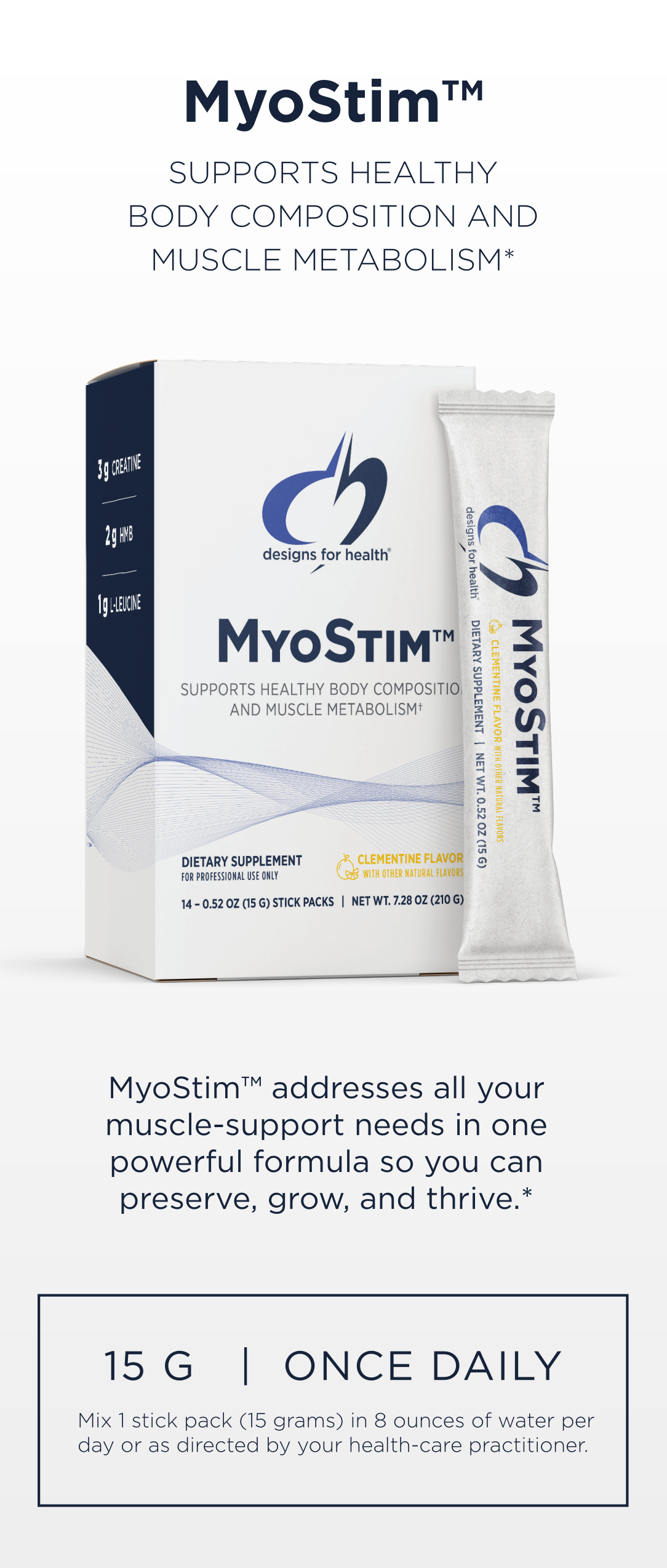
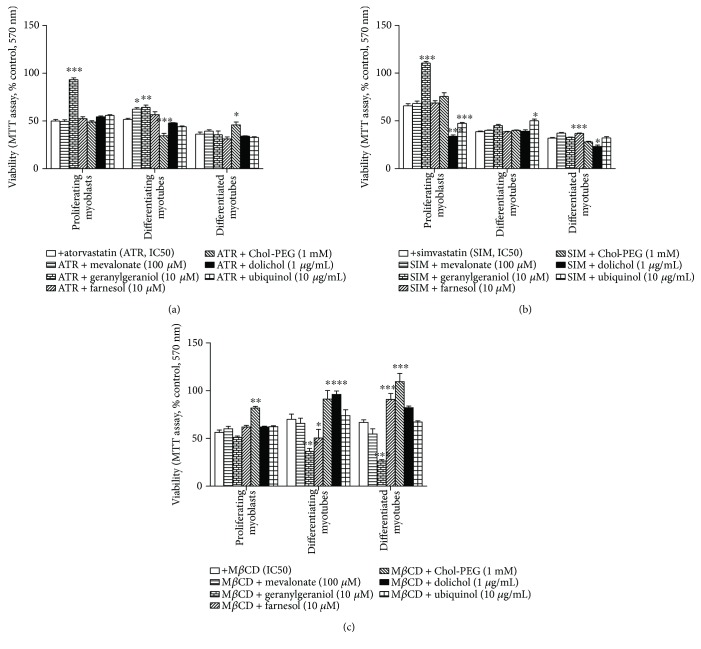
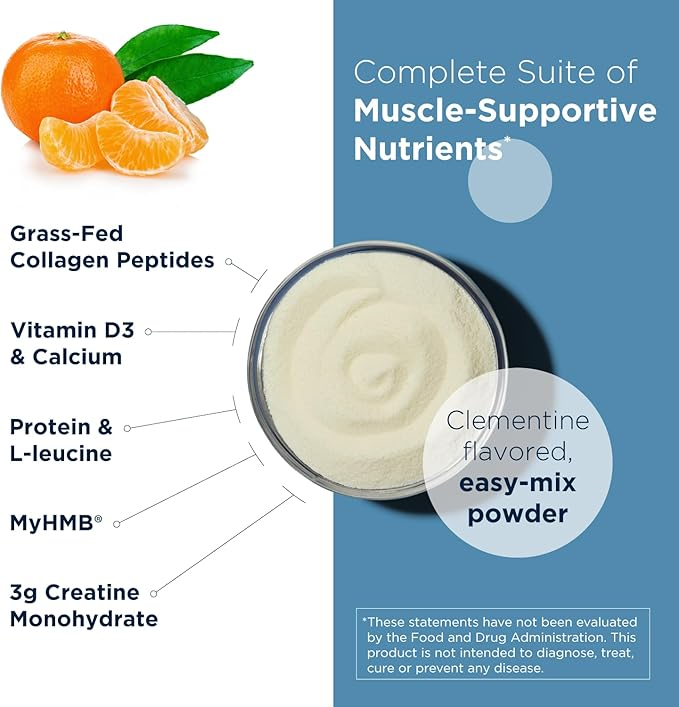
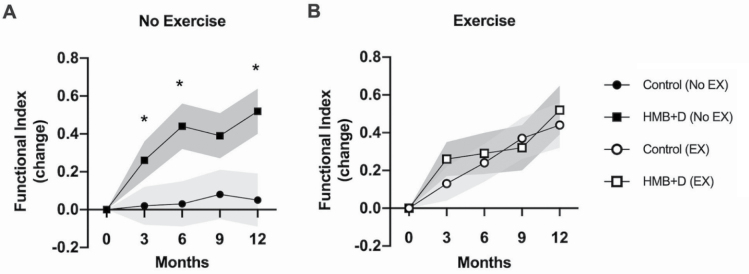
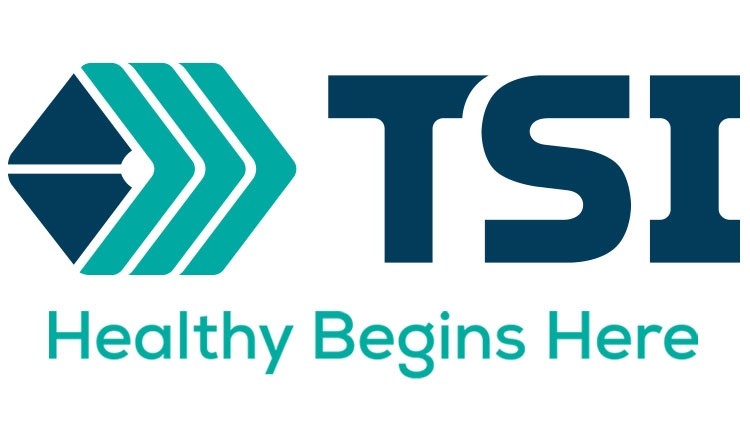


Comments and Discussion (Powered by the PricePlow Forum)